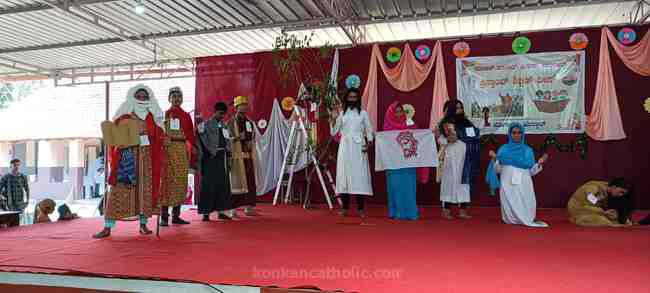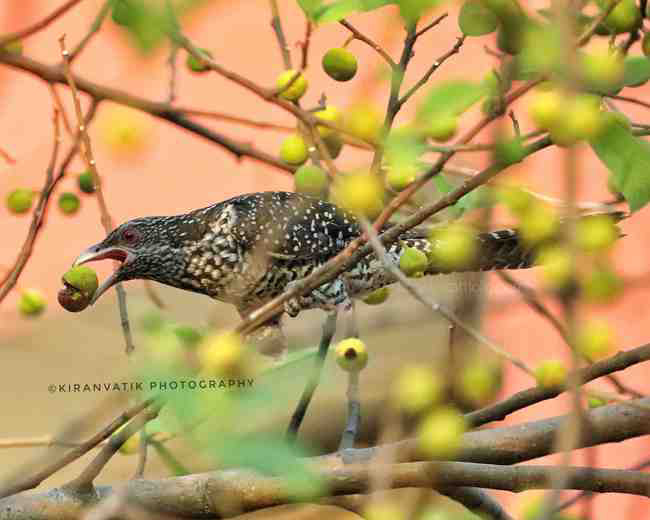Sabellaria: The worm engineers
Sabellaria, a species of round worm, commonly known as the honeycomb worm, is a marine species found along rocky shores. Unlike other marine organisms that are susceptible to the harsh waves and tides of the ocean, Sabellaria has evolved unique adaptations that allow it to withstand the relentless pounding of waves.
Sabellaria sp. creates complex and intricate structures called reefs that serve as protective homes for the worms. These reefs are composed of sand, shells, and other debris that the worms collect and cement together using an adhesive secretion. The arrangement of the reefs also plays a critical role in their strength, setting a living example of bioengineering. The worms build the reefs in a honeycomb-like pattern, with individual chambers connected to one another. The reefs can grow up to several centimetres in length and height and can provide shelter for not only the worms but also for other marine organisms such as fish, crabs, and starfish, thereby acting as biodiversity enhancers.
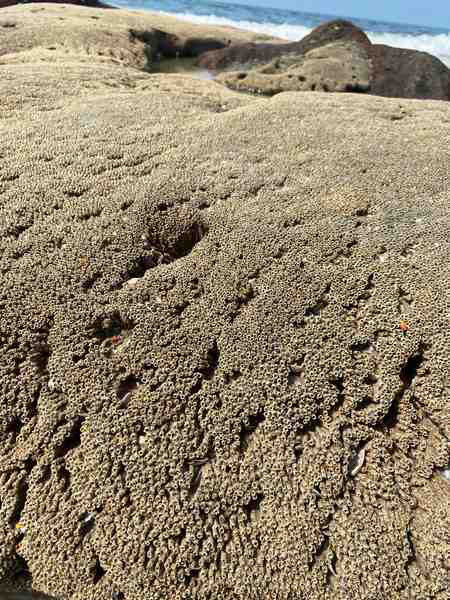


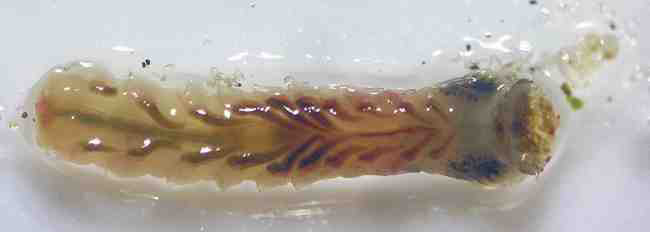
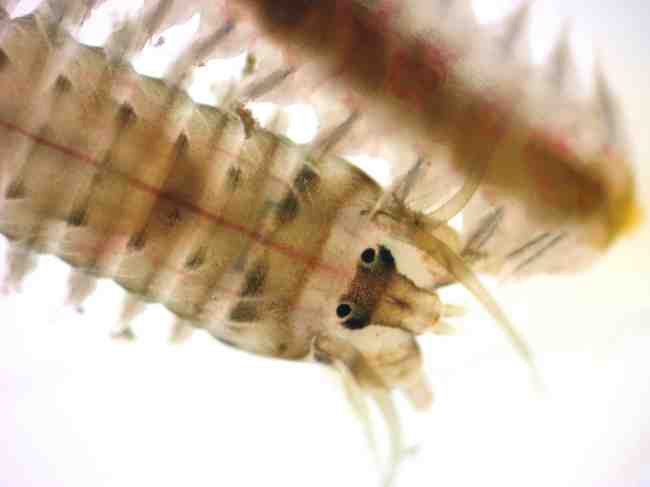
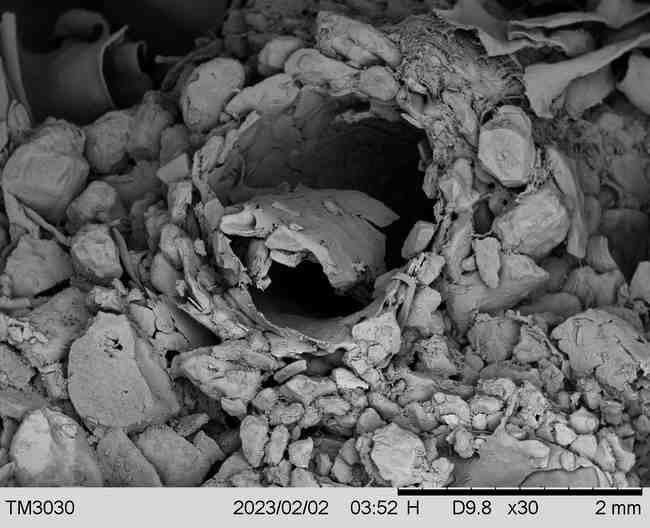
The unique ability of Sabellaria to withstand the powerful waves and tides of the ocean has significant implications for coastal protection and ecosystem management. In areas where Sabellaria reefs are abundant, they can serve as natural breakwaters, reducing the impact of waves on coastal infrastructure such as harbours, piers, and seawalls.
These worms have been found in the coastal areas of Mangalore, clinging to the rocks of Ullala and Suratkal shores. While the system appears to withstand the impact of the waves, more scientific research is needed to determine whether these worms might completely invade the rocks of the area or destabilize the surrounding sand. Nonetheless, Sabellaria provides a promising solution to coastal erosion and a new dimension to the study of marine life.
The Laboratory of Applied Biology of St. Aloysius College, Mangalore, has been engaged in research on seaweeds for the past four years, and these unique species of worms have attracted the attention of researchers. Dr. Leo D’Souza and Dr. Shashikiran Nivas are leading a research including Sudheeksha Kiran, Sachin Patavardhan, Jain James, and Sulakshana Karkala, examining various dimensions of the subject with the help of advanced scientific infrastructure.
Pictures:
1. Images of dispersed Sabellaria colonies on rocky surfaces of Suratkal beach.
2. Shovels were used to collect Sabellaria nests for research purposes.
3. Microscopic depiction of a tube like nest composed of shells and sand particles.
4. Microscopic view of a Sabellaria larva
5. Microscopic view of a Sabellaria worm.
6. Scanning electron microscope image of a Sabellaria nest, revealing a thin layer of glue on the interior surface binding the sand particles together.

